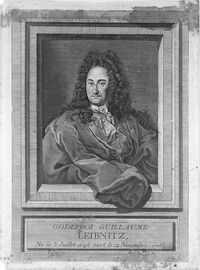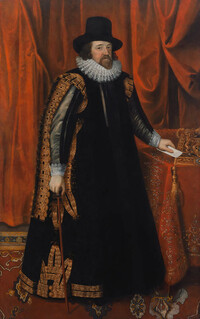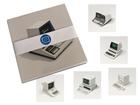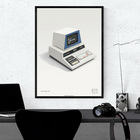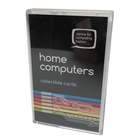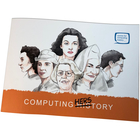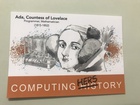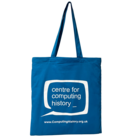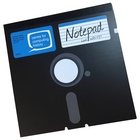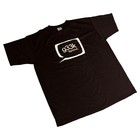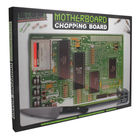Francis Bacon first uses binary
|
1605 Sir Francis Bacon (22 January 1561 – 9 April 1626) was an English philosopher and scientist. In 1605 he published details of a new code cipher he had developed, now called Bacon's Cipher. This cipher uses 5 character sequences of two letters, a and b, to encode all the letters of the alphabet, as follows:
For example the message "BACON" would be: aaaab aaaaa aaaba abbab abbaa In Bacon's cipher, all letters are encoded as combinations of just two symbols. This is called a binary encoding. The actual symbols used are arbitrary. Bacon's cipher uses a and b, while computers now use 0 and 1. Bacon's ciper is the first time binary was used to encode letters. You might have already spotted a problem with Bacon's cipher: there are only 24 different combinations of a 5 character binary sequence, but there are 26 letters in the alphabet. In Elizabethan times, when Francis Bacon invented the code, the letters I and J were the same letter, as were U and V. So the Elizabethan alphabet only contained 24 letters, and could be fully represented using Bacon's cipher. Related information: Image:
Related Items in the Collection:
|
Click on the Images For Detail
|

